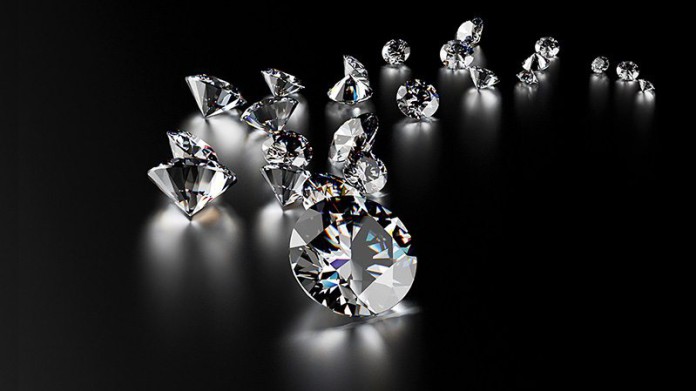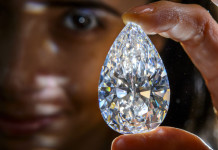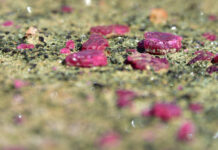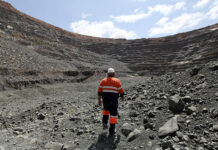
DE BEERS expects to report progress in discussions with the Angolan government this year regarding a potential investment in the southern African country’s diamond sector.
But new investment would turn on whether De Beers could secure comfort on “supply chain logistics”, said Sarah Kuijlaars, the group’s CFO. “We believe there’s opportunity for a mineral contract there, but will only sign something for production if we are really comfortable we can set the same high standards in business principles and our whole supply chain as we have elsewhere in the world,” said Kuijlaars.
“It is a very exciting opportunity, but this is a longer term game and it will be a steady approach. We look forward to updating the market this year.” De Beers said on December 8 that it was assessing “a mineral investment contract” in the country, but it hasn’t provided details of what this may entail.
De Beers follows Rio Tinto which secured a 75% stake in the first phase of the Chiri kimberlite deposit in Angola’s Lunda Sul region with Endiama, Angola’s government-owned diamond miner. Endiama has retained a 25% interest. The contract also “… leaves open the possibility for Endiama to increase its holding to 49%”.
The investment – and the prospect of De Beers making one – is a validation of changes made within the country’s mining sector since the new government led by President Joao Lourenco took over. Among his reforms, he has removed a requirement that the government take a majority interest in new diamond mining ventures.
“We would like to move from exploration to production but that is a long term game,” said Kuijllaars of De Beers’ intentions.
“We need to understand what are the potential resources there and can we construct something that is commercially attractive to us and to the government. It’s the early stages. We’ve really got to have the confidence there are the resources there and the technology to find a way forward for ourselves and government,” she added.
There has been a shortage of major new diamond discoveries globally which has contributed towards an improved market – potentially the best in years – reflected in the improvement in rough diamond pricing. De Beers sales were $4.82bn in 2021, up from $2.79bn in 2020 which has heavily affected by Covid travel restrictions.
“In 2020 we had to put the handbrake on to conserve cash. We are fortunately moving out of that phase,” said Kuijlaars. “But there is a handful of countries that we are looking at and without doubt Angola always an attractive location.
“It’s challenged so have to make sure we can work there with the highest principles and the highest clarity that we have secured elsewhere in the globe,” she said.
Kuijlaars also said De Beers was continuing discussions with Debswana, Botswana’s government owned diamond company in which De Beers is in joint venture. Asked if it was inevitable De Beers would reduce its 85% stake in the joint venture, Kuijlaars replied: “We are currently in negotiations; we can’t make further comment on that.”










